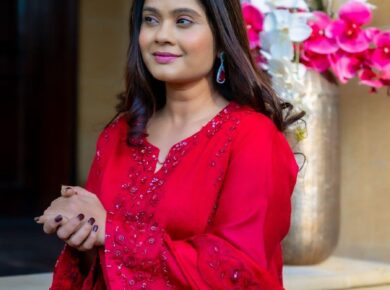Bitnah fort

Bithnah Fort, also known as Bithnah Oasis, is an ancient fortress located in Fujairah, one of the seven emirates of the United Arab Emirates (UAE). The fort is situated on a hilltop overlooking the surrounding oasis and date palm groves, providing a picturesque view of the landscape.
The history of Bithnah Fort dates back to the third millennium BCE, when the area was inhabited by the Bithnah tribe, who were renowned for their skills in agriculture and water management. The tribe used the oasis to cultivate crops and rear livestock, and developed a sophisticated irrigation system that allowed them to sustain their way of life in the arid desert environment.
The fort itself was built in the eighteenth century, during the reign of Sheikh Hamad bin Abdullah Al Sharqi, the ruler of Fujairah at the time. It was constructed from local stone and mud brick, and features a series of towers and bastions that were designed to provide maximum defense against enemy attacks. The fort was strategically located along the trade route that connected the port of Fujairah with the interior of the Arabian Peninsula, and played a key role in protecting the region from invading forces.
Over the years, the fort has been renovated and restored several times, most recently in the early 2000s. Today, it is a popular tourist attraction that offers visitors a glimpse into the rich history and cultural heritage of the UAE. The fort is open to the public and features a museum that showcases a variety of artifacts and exhibits related to the Bithnah tribe and the history of the region.
One of the most striking features of Bithnah Fort is its unique architectural style, which is a blend of traditional Arabic and Persian influences. The fort is surrounded by a high wall that encloses a courtyard, and features a number of towers and battlements that were designed to provide maximum visibility and protection. The interior of the fort is divided into several rooms and chambers, including a central hall, living quarters for the soldiers and their families, and a storage area for weapons and provisions.
One of the most interesting things about Bithnah Fort is the way in which it reflects the cultural and historical diversity of the region. Over the centuries, Fujairah has been home to a wide range of different peoples and cultures, including Arab tribes, Persians, and even Portuguese explorers. The fort itself is a testament to this rich tapestry of influences, with its unique blend of architectural styles and design elements.
In addition to its historical and cultural significance, Bithnah Fort is also an important environmental resource. The oasis that surrounds the fort is one of the largest in the region, and is home to a wide variety of plant and animal species. The fort has played a key role in preserving this fragile ecosystem, and continues to be an important source of water and sustenance for the local community.
Overall, Bithnah Fort is an important landmark and cultural treasure that offers visitors a fascinating glimpse into the rich history and heritage of the UAE. Its unique blend of architectural styles, its strategic location, and its important role in protecting the region from invading forces make it a must-see destination for anyone interested in history, architecture, or cultural heritage. Whether you are a history buff, an architecture enthusiast, or simply looking for a peaceful oasis in the heart of the desert, Bithnah Fort is definitely worth a visit.




open binance account
Can you be more specific about the content of your article? After reading it, I still have some doubts. Hope you can help me.
January 9, 2025binance odkazov'y kód
Thank you for your sharing. I am worried that I lack creative ideas. It is your article that makes me full of hope. Thank you. But, I have a question, can you help me?
May 10, 2025binance алдым-ау
Thank you for your sharing. I am worried that I lack creative ideas. It is your article that makes me full of hope. Thank you. But, I have a question, can you help me?
June 1, 2025c7n2j
clomid medication uk can you get clomid without rx cost of generic clomid how to get generic clomid without dr prescription how can i get cheap clomid price buying clomiphene without dr prescription can i purchase cheap clomid pills
June 4, 2025order cialis from canada
This is the kind of serenity I take advantage of reading.
June 10, 2025flagyl for cats dosage
Greetings! Utter serviceable suggestion within this article! It’s the crumb changes which liking obtain the largest changes. Thanks a lot towards sharing!
June 11, 2025kr76h
purchase zithromax sale – tindamax 500mg drug flagyl pill
June 13, 2025br6j0
order semaglutide 14 mg without prescription – buy cyproheptadine without prescription periactin 4 mg generic
June 14, 2025